Reasons for Purchase
Friends who have used Panasonic mirrorless cameras should have a special fondness for their color performance. Although Panasonic was the manufacturer of the world's first mirrorless camera, it's no secret that the brand isn't faring as well these days. Beyond the "Big Three" — Sony, Nikon, and Canon — the next brand that comes to mind for most people is Fujifilm, which is often out of stock. Since I already use a Panasonic S5, I've been keeping an eye on Panasonic's new camera releases. I've long been impressed by the S9's portability and the convenience of using LUTs, but I hesitated to buy it. The main concerns were that the S9 lacks a viewfinder, hot shoe, and mechanical shutter. However, when the titanium edition was launched recently, I couldn't resist its good looks and placed an order at the end of July.
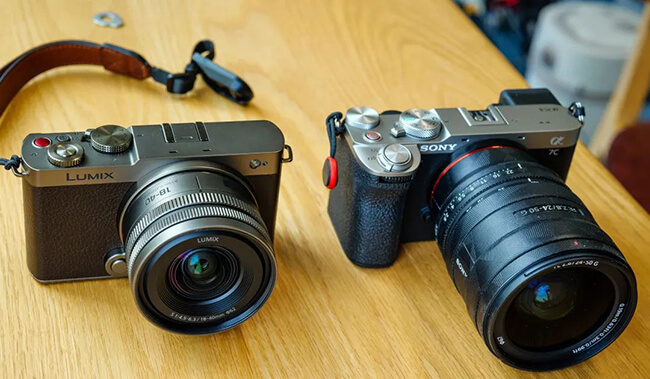
Compared with the S9, the A7C2 suddenly feels less compact and portable. In terms of overall appearance, the S9 seems to have the edge.
Unboxing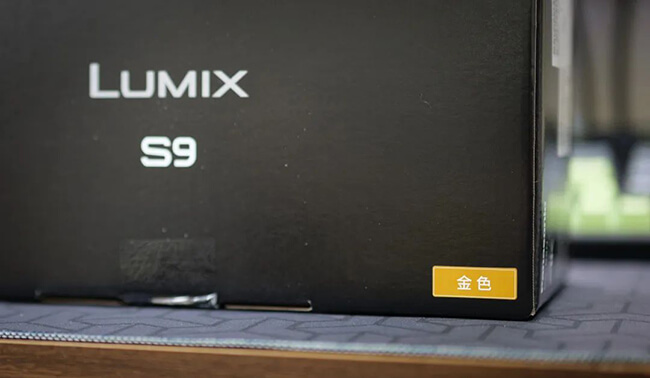
Panasonic, being an electronics manufacturer, really uses quality materials — the packaging is layered with multiple protections.

However, the outer packaging says "gold," which seems a bit different from the advertised "titanium gold." I almost thought they sent the wrong color.
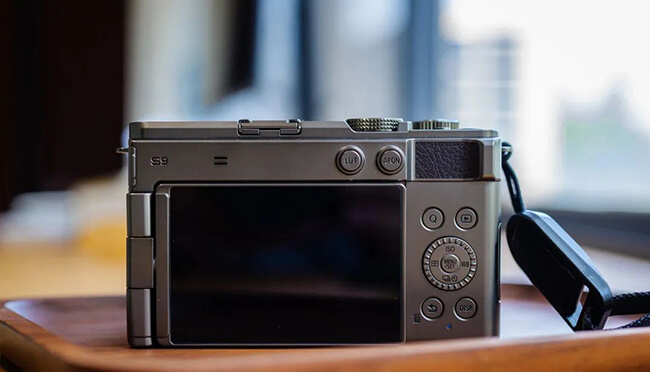
Before receiving it, I was worried that the plastic casing might feel cheap and lack overall texture. But those worries vanished the moment I unboxed it and held the camera in my hand.
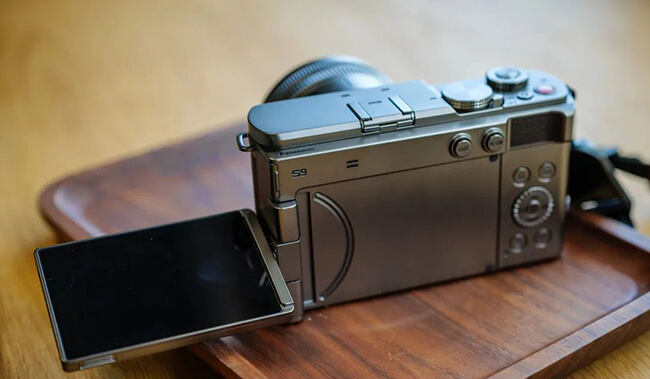
The box includes the S9 titanium edition camera body, a titanium edition 18-40 kit lens, a strap, and a battery. Wait, why is the charger missing again? It feels like another cut feature.

The titanium gold finish appears to be achieved through several spray-painting processes. However, there's a slight color difference between the top components and the rear cover due to the different materials used.

Haha, surprise! The top cold shoe interface even has a protective cover, and when you take it off, the inside is black — it wasn't fully painted with the titanium gold color.
Hands-On Experience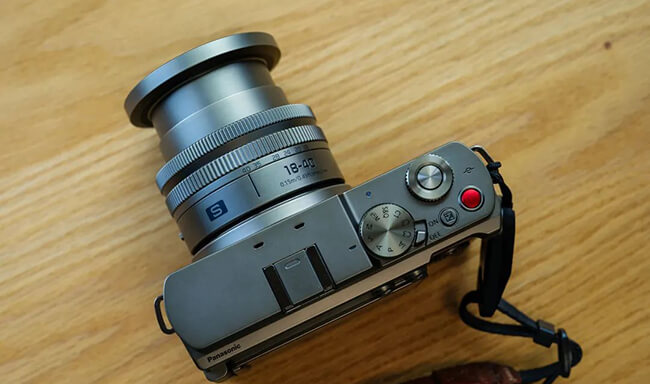
As a full-frame camera, the S9 has fewer dials than its sibling, the S5. Fortunately, I used the Sony ZVE10 for a long time, so I'm already used to cameras without a viewfinder and with fewer control dials.
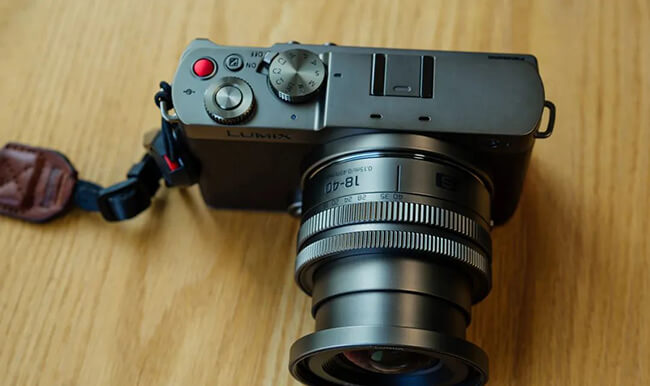
The leather trim on the front panel is close to titanium gold but is much darker. In low light, it's closer to black, and it shows distinct color variations under different light and angles. Overall, I'd say it's similar to the color of coffee beans.
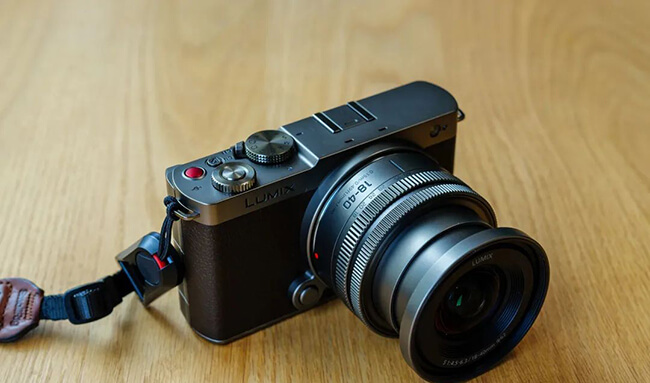
The mode dial on the top of the camera is a must-have. Besides the record button, shutter button, and the only remaining dial, there's just an exposure compensation shortcut button.

I have absolute trust in Panasonic's mirrorless camera screens. After using Sony mirrorless cameras for two years — which was quite a struggle — using a Panasonic screen feels like a luxury. Additionally, it's definitely a flip screen, which is probably the best solution for mirrorless cameras currently.
About the 18-40 Kit Lens
The focal range of the kit lens is decent, but the issue lies with its aperture. On the first day I unboxed it, it was already night, and when I went out to take some photos by the river, the results were completely unusable.
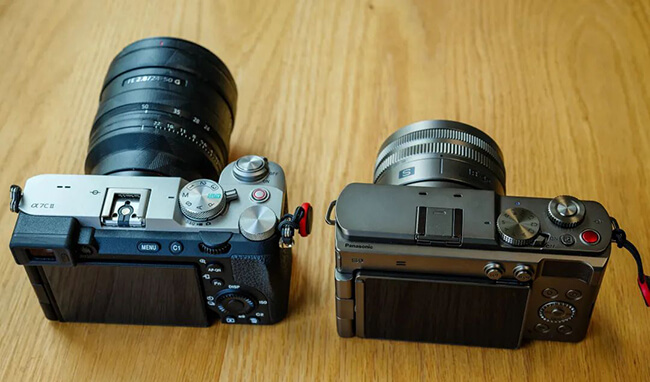
The titanium edition's looks definitely complement the camera body, but this lens is a bit different from others. After turning on the camera, you have to force the lens into the aperture adjustment range for the camera to start working properly.
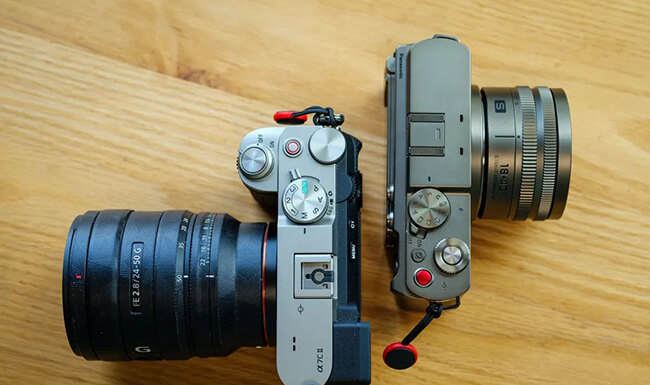
The above image shows that at the longest 40mm focal length, the lens is fully extended, reaching its maximum length.
Similarly, at the widest 18mm focal length, the lens is also fully extended. After careful observation, I found that the lens only retracts slightly at the 28mm focal length.
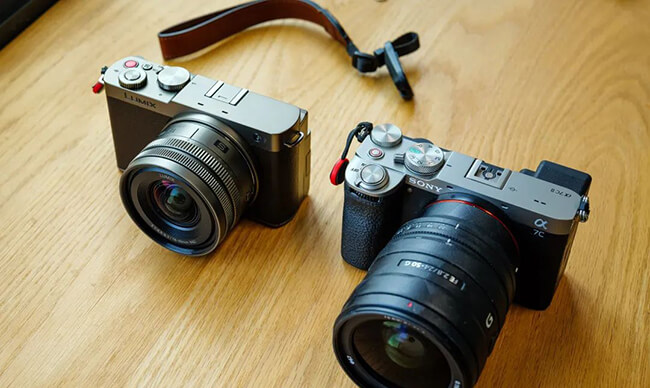
In summary, the 18-40 lens looks very compact and balanced when not in use, but during normal use, it's basically in the fully extended state as shown in the images above.
S9 vs. A7C2
For the A7C2, I usually use a 24-50/2.8 lens as my everyday lens. In comparison, the A7C2 seems a whole size larger.
In terms of buttons and dials, the A7C2 is more comprehensive, making it feel more like a workhorse camera.
Although the A7C2 has LUT-like settings, I find it hard to trust the Sony screen to accurately preview the final output. So, I still mainly shoot in RAW format.
The Panasonic S9, paired with the LUMIX Lab app on my phone, is really easy to use. The app has many nice LUTs from official sources and other bloggers, which can be directly imported into the S9 for easy access. With the dedicated LUT button on the S9, I can quickly switch between different LUTs for fast JPG output. I trust the S9's display, and the results imported to my phone are almost the same. My wife is full of praise for the stylized straight-out-of-camera photos.
As someone who often takes my kids out, based on my actual needs, I'd recommend lightweight mirrorless cameras like the S9 to ordinary users. I now firmly believe in a truth: a camera that you can take out with you is a good device. There's no point in letting it collect dust at home. I plan to use the A7C2 myself, while my daughter and wife can use the S9. The ability to freely apply LUTs is really suitable for beginners to get high-quality photos straight out of the camera.
Finally, it's important to note that while the S9, as a full-frame camera, offers many great features, it's missing some key components that many people value: a viewfinder, a hot shoe, and a mechanical shutter. If you really care about these features, think carefully before buying — Panasonic's S5 or S5II would be better choices.
Additionally, the bare S9 feels a bit small in my hand. The SmallRig 4517 that the official sent as a gift after I left a positive review doesn't match the titanium edition well and doesn't feel good. Today, I re-ordered a SmallRig leather case with a solid wood handle for the S9. I'll share a detailed experience after it arrives.
Most importantly, I suddenly realized that this titanium edition kit doesn't match other lenses well. I also have two other lenses (50/1.8, 20-60), both black. Silver lenses might look better than black ones in theory, but it seems only Sigma has two prime lenses to choose from.
Related Tags: Experience in using cameras
